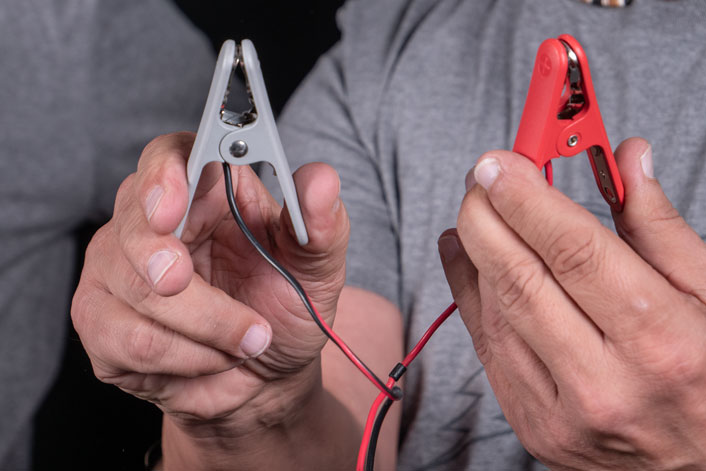When do I need to recharge a battery?


Only when the battery is fully charged can something come out permanently. That is clear. But how full is my battery right now? Is it full enough and if not, what do I need to do?

Roughly speaking, a battery has these three states. A defective battery must be replaced. All other batteries should be recharged using a suitable charger. Because only a battery that is fully charged can deliver its performance over the long term and thus avoid problems in the vehicle. The voltage of a battery is a good indication of which of the three states a battery is in.
You can also watch the corresponding video here:

Otherwise, you can also check the charge status of the battery every two or three months.

The classic is actually short-distance traffic. Driving the children 3 km to kindergarten in the morning and then back again. Especially in winter, when the Christmas tree is fully lit. The heated seats are on, the heated rear window, heated windshield, heated mirrors - everything is on. On the other hand, there is no charge in the battery. If this happens often, it's a good idea to take regular measurements.
The best way to measure is with a voltmeter that can measure direct current, preferably with two decimal places as well as a positive and negative terminal. Hold the cables or terminals to the respective positive and negative terminals and read the value on the meter's display. This shows the voltage level of the battery in the open-circuit voltage.
With the intAct Battery-Guard, you can always keep an eye on the charge status of your battery without having to connect a measuring device to your battery first.
to the Battery-Guard

The open-circuit voltage is important. This is the voltage at least 4 hours after the last charge and after no current has been drawn for at least 1 hour. So do not come off the highway, have driven 200 km and then hold the meter directly on it. Then every battery has a super voltage. You should wait a little until the battery has calmed down, the resting voltage has returned and then you should measure it.

Here are a few reference points / key values:
If the open-circuit voltage remains permanently below 12.6 volts after charging or if the voltage is 12.7 or 12.8 volts at the end of the charging process but very quickly drops below 12.6 volts, then the battery is almost certainly defective. Perhaps it is partially or completely sulphated and you should think about replacing it.